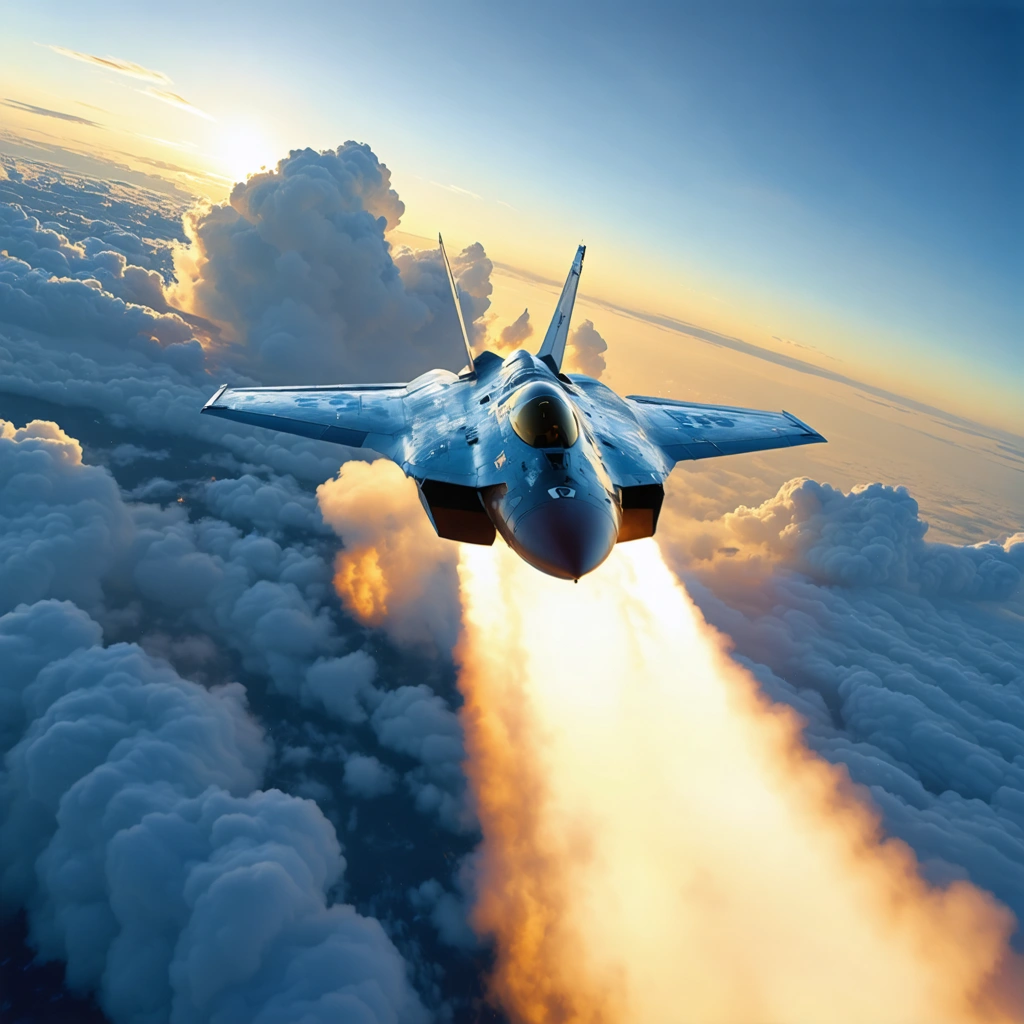
Introduction
The study of supersonic flight and breaking the sound barrier is one of the most fascinating areas of aerospace engineering. NASA’s achievements in this field have been particularly impressive, with the recent capture of images of a supersonic jet demonstrating its technological prowess.
The Science of Breaking the Sound Barrier
The “sound barrier” refers to the increase in aerodynamic drag as an object approaches the speed of sound. When an aircraft surpasses this speed, it’s said to have broken the sound barrier. This creates a sonic boom, a loud noise that can be heard on the ground.
The Sonic Boom Challenge
One of the challenges with supersonic flight is the noise produced by the sonic boom. This has limited the use of supersonic aircraft over populated areas. However, NASA has been working on technology to reduce the noise produced by the sonic boom.
NASA’s Breakthrough
NASA recently captured an image of a supersonic jet breaking the sound barrier. Remarkably, this flight didn’t produce a sonic boom, demonstrating the potential of NASA’s noise reduction technology.
Implications of the Breakthrough
This breakthrough has significant implications. By eliminating the sonic boom, supersonic flight over populated areas could become a reality. This could dramatically reduce travel times, revolutionizing the aviation industry.
Conclusion
NASA’s achievements in supersonic technology have the potential to transform the future of aviation. The image of a supersonic jet breaking the sound barrier, without creating a sonic boom, is a testament to the strides made in this field.




